

Case Report - Year 2020 - Volume 35 -
Trochanteric dermolipectomy in a patient after bariatric surgery: case report
Dermolipectomia trocantérica em paciente pós-cirurgia bariátrica: relato de caso
ABSTRACT
Introduction: Currently, with the increase in reducing gastroplasty (bariatric surgery) and the great weight loss, there is also an increase in the demand of these patients for plastic surgery. One of the characteristics of these patients is the excess of dermal adipose tissue that causes deformities, especially in the lower limbs, affecting the trochanteric region.
Objective: To report a case of trochanteric dermolipectomy in a patient after bariatric surgery, where liposuction alone would not solve the correction of the deformity.
Case report: IPMS, female, 55 years old, history of reducing gastroplasty (bariatric surgery) with great weight loss. She reports significant discomfort with lipodystrophy and extensive flacidity in the bilateral trochanteric region. After the team's evaluation, it was decided to perform bilateral trochanteric dermolipectomy, in January 2019, at the Plastic Surgery Service Osvaldo Saldanha
Discussion: In cases of trochanteric lipodystrophy with severe deformities, the scar of dermolipectomy in relation to the deformity is favorable in terms of the choice of this technique, since liposuction may further aggravate the deformity, and it is mandatory to use the trochanteric dermolipectomy technique to correct it.
Conclusion: Therefore, liposuction is beneficial in cases of localized adiposity, limiting the indications for the dermolipectomy technique, especially in the trochanteric region, without invalidating it for selected cases, as described in this case report.
Keywords: Bariatric surgery; Lipodystrophy; Lower extremity; Surgery, Plastic; Cicatrix.
RESUMO
Introdução: Atualmente com o aumento das gastroplastias redutoras (cirurgia bariátrica) e grande perda ponderal, há também um aumento na procura destes pacientes pela cirurgia plástica. Uma das características destes pacientes é o excesso de tecido dermogorduroso que causa deformidades, principalmente nos membros inferiores, acometendo a região trocantérica. Objetivo: Relatar um caso de dermolipectomia trocantérica em paciente pós-cirurgia bariátrica, onde a lipoaspiração por si só não resolveria a correção da deformidade.
Relato de caso: IPMS, sexo feminino, 55 anos, histórico de gastroplastia redutora (cirurgia bariátrica) com grande perda ponderal. Relata desconforto importante com a lipodistrofia e extensa flacidez em região trocantérica bilateral. Após avaliação pela equipe, foi optado por realizar dermolipectomia trocantérica bilateral, em janeiro de 2019, no Serviço de Cirurgia Plástica Osvaldo Saldanha.
Discussão: Nos casos de lipodistrofia trocantérica com deformidades graves, a cicatriz da dermolipectomia em relação à deformidade é favorável quanto a escolha desta técnica, pois a lipoaspiração poderá agravar ainda mais a deformidade, sendo mandatório utilizar a técnica de dermolipectomia trocantérica para corrigi-la. Quanto à lipodistrofia com deformidade moderada há dúvida entre a relação do benefício e a deformidade resultante, sendo aplicada a técnica de acordo com a necessidade do paciente e, por fim, nos casos de lipodistrofia com deformidade leve, opta-se pela lipoaspiração devido à correção ser realizada sem grandes cicatrizes aparentes.
Conclusão: Portanto, a lipoaspiração tem benefício nos casos de adiposidade localizada, limitando as indicações da técnica de dermolipectomia, em especial na região trocantérica, sem invalidá-la para casos selecionados, como o descrito neste relato de caso.
Palavras-chave: Cirurgia bariátrica; Lipodistrofia; Extremidade inferior; Cirurgia plástica; Cicatriz
INTRODUCTION
Currently, with the increase in reducing gastroplasty or bariatric surgery, there has also been an increase in the number of patients with large weight losses who are looking for plastic surgery. One of the characteristics of these patients is the excess of dermal adipose tissue, which represents a real challenge for the plastic surgeon. Among the most common deformities, those that affect the lower limbs, especially the trochanteric region, represent an important psychological disorder for the patient and have a high degree of technical difficulty1,2,3.
Therefore, the correct indication of the different procedures, based on an assessment, considering both the organic and the psychological aspects, is essential in the treatment of these deformities3.
In 1964, Pitanguy described a technique with scars camouflaged in natural grooves, which when understood and correctly indicated, offers very satisfactory results. With the advent of liposuction, there was a reformulation of the possibilities of treatment for trochanteric lipodystrophy, establishing new concepts, but not invalidating the procedures previously used4,5.
Therefore, the objective was to report a case of trochanteric dermolipectomy in a patient after bariatric surgery, where liposuction alone would not solve the correction of the deformity.
CASE REPORT
Female patient, 55 years old, with a history of reducing gastroplasty (bariatric surgery) in December 2013, her pre-bariatric BMI was 52.3 kg/m2 and had great weight loss (approximately 52 kg in 5 years). He reported significant discomfort with lipodystrophy and extensive flaccidity in the bilateral trochanteric region (Figure 1). After evaluation by the team, it was decided to perform bilateral trochanteric dermolipectomy. The patient underwent the procedure indicated in January 2019 at the Plastic Surgery Service Osvaldo Saldanha, in Santos/SP.
The criteria for surgery indication were: great weight loss after bariatric surgery (approximately 52 kg in 5 years, BMI pre-trochanteric dermolipectomic surgery equal to 31.8 kg/m2), excess skin and subcutaneous cell tissue (SSCT) in the bilateral trochanteric region and the patient’s desire to perform the correction of lipodystrophy in the aforementioned region.
Surgical technique
The excision areas are marked with the patient in an orthostatic position, prior to anesthesia (Figure 2). Patient under general anesthesia, is placed in prone position on the operating table. Asepsis, antisepsis and placement of sterile fields are performed. Incision in previous mark. The incision corresponds approximately to the grooves formed by the deformity due to lipodystrophy in the trochanteric region, starting at the junction of these two grooves, proceeding towards the anterosuperior iliac crest, but not reaching it. Once the skin incision is made, it is deepened until the muscular plane is reached, making a bevel in the caudal direction. The flaps are dried up to the limit of the defined area, with their total weight equal to 3kg and 200g. A continuous suction drain is used on each resected side and closed by planes (Figure 3).
The patient had a good postoperative evolution, without complications such as seroma, hematoma or suture dehiscence in the postoperative period (Figures 4 e 5).
DISCUSSION
Trochanteric lipodystrophy is attributed to several factors, hormonal and, mainly, hereditary. There is also the adipocyte theory, which states that there is a fixed number of adipocytes in the body containing two types of receptors sensitive to the same chemical mediators of the adrenergic system. It has been shown that adipocytes with alpha 2 receptors, in women, are located mainly in the trochanteric region, for this reason there is no improvement in the deformity of this region, despite great weight loss, being one of the most common complaints of patients, the fat deposit in this region. These patients have a characteristic gynecoid body: the pelvis is larger than the trunk, the breasts are small and the arms are thin. When these patients go on a diet, exercise and try in other ways to reduce body measures, they can only lose weight, but this disproportion remains and can even be accentuated3,4,5.
Therefore, due to these deformities, these patients look for plastic surgery, so that they can minimize them. In trochanteric lipodystrophy, in cases of mild and moderate deformities, the scar resulting from a dermolipectomy is undoubtedly one of the most controversial points of the classic technique, in which the relationship between the benefit and the resulting deformity would be unfavorable. Regarding less severe deformities, there is currently the option of treatment by liposuction, which allows the correction without visible scars, consequently limiting the indications for classic dermolipectomy, with relatively apparent scars. On the other hand, liposuction used in a patient with major deformities, may aggravate them even further, resulting in sequelae whose correction needs to be performed using the trochanteric dermolipectomy technique3,4,6.
The analysis of the different procedures performed in the 90’s showed that liposuction brought an indisputable benefit in cases of localized adiposity, limiting the indications for the dermolipectomy technique, especially in the trochanteric region, without, however, invalidating it for selected cases5,7,8.
In conclusion, as described in this case report, due to the presence of great adiposity and flaccidity in the patient’s trochanteric region, the trochanteric dermolipectomy technique was indicated, since liposuction alone would not be enough to correct the patient’s complaints, which may further aggravate the deformity of the region in question.
REFERENCES
1. Regnault P, Baroudi R, Carvalho CGS. Correction of lower limb lipodystrophy. Aesthetic Plast Surg. 1979 Dec;3:233-49.
2. Franco T. Aesthetic surgery of the upper and lower limbs. Aesthetic Plast Surg. 1980 Dec;4(1):245-56.
3. Mazzarone F, Pitanguy I, Gabriele J, Nunes D, Vargas A. Dermolipectomia crural com prolongamento médio-anterior no paciente pós-obesidade. Rev Bras Cir Plást. 2005;20(3):142-7.
4. Pitanguy I, Correa WEM, Salgado F, Kauak L, Solinas R. Aspectos atuais da lipodistrofia trocantérica e interfomoral. Rev Bras Cir. 1987;77(3):181-94.
5. Farina R, Baroudi R, Golcman B, Castro O. Riding-trousers-like type of pelvicrural lipodystrophy (trochanteric lipomatosis). Br J Plast Surg. 1960;13:174-8.
6. Shaer WD. Gluteal and thigh reduction: reclassification, critical review, and improved technique for primary correction. Aesthetic Plast Surg. 1984;8(3):165-72.
7. Pitanguy, I. Trochanteric lipodystrophy. Plast Reconstr Surg. 1964 Sep;34:280-6.
8. Pitanguy, I. Upper extremity: dermolipectomy. In: Pitanguy I, ed. Aesthetic surgery of head and body. Berlin: Springer-Verlag; 1984. p. 153-8.
1. Serviço de Cirurgia Plástica Osvaldo Saldanha, Santos, SP, Brazil.
COLLABORATIONS Analysis and/or data interpretation, Data Curation, Methodology, Project Administration, Realization of operations and/or trials, Visualization, Writing - Original Draft Preparation, Writing - Review & Editing.
COLLABORATIONS Final manuscript approval, Supervision, Validation, Visualization.
COLLABORATIONS OSF
COLLABORATIONS Realization of operations and/or trials.
COLLABORATIONS RGN
COLLABORATIONS Analysis and/or data interpretation, Writing - Original Draft Preparation.
COLLABORATIONS CGM
COLLABORATIONS Writing - Original Draft Preparation.
COLLABORATIONS Writing - Original Draft Preparation.
COLLABORATIONS RIF
COLLABORATIONS Writing - Original Draft Preparation.
COLLABORATIONS VLM
COLLABORATIONS Writing - Original Draft Preparation.
Corresponding author: Mariana Fernandes Avenida Osvaldo Reis, 3281, 13º andar, Salas 1310/1311, Praia Brava, Itajaí, SC, Brazil. Zip Code: 88007-001 E-mail: dramarianacp@gmail.com
Article received: March 18, 2019.
Article accepted: July 08, 2019.
Conflicts of interest: none.



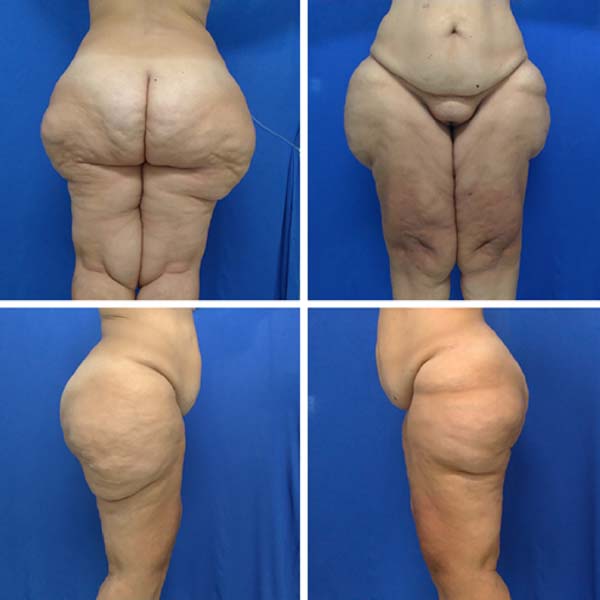

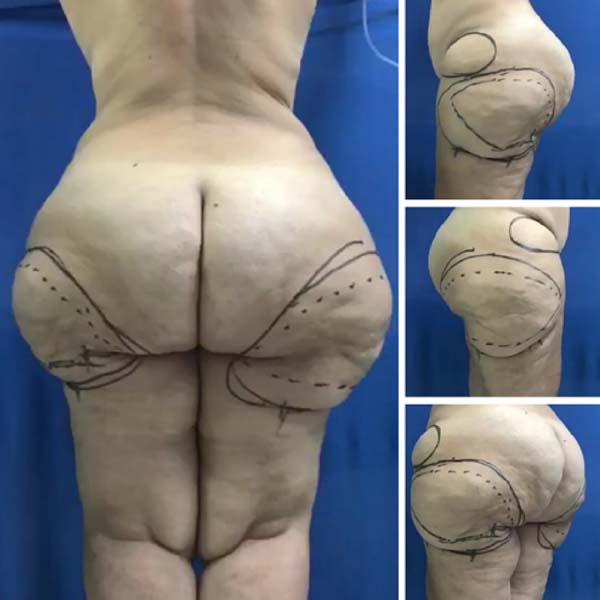

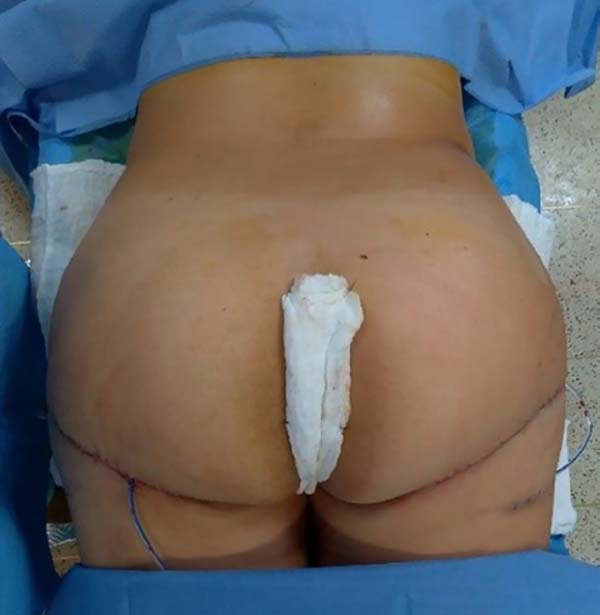

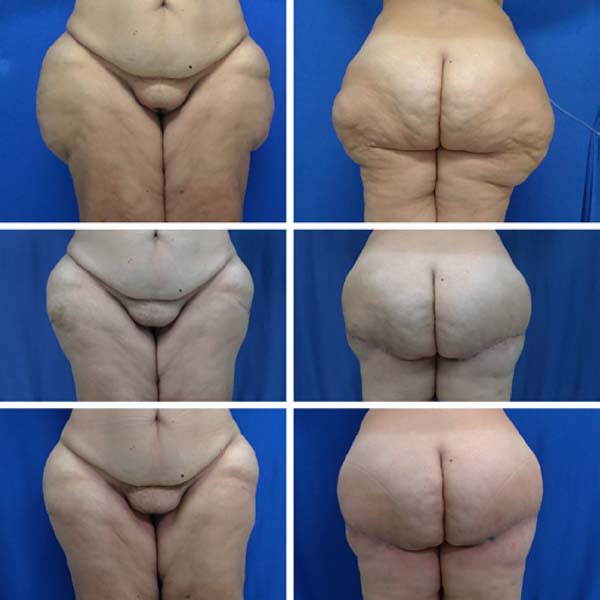

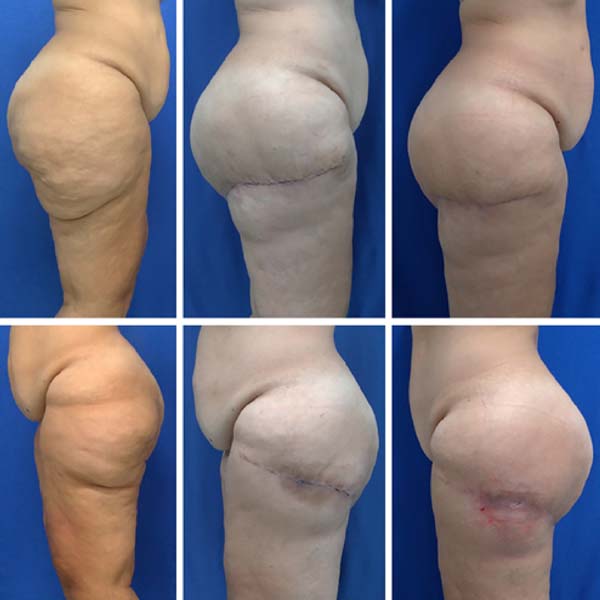

 Read in Portuguese
Read in Portuguese
 Read in English
Read in English
 PDF PT
PDF PT
 Print
Print
 Send this article by email
Send this article by email
 How to Cite
How to Cite
 Mendeley
Mendeley
 Pocket
Pocket
 Twitter
Twitter